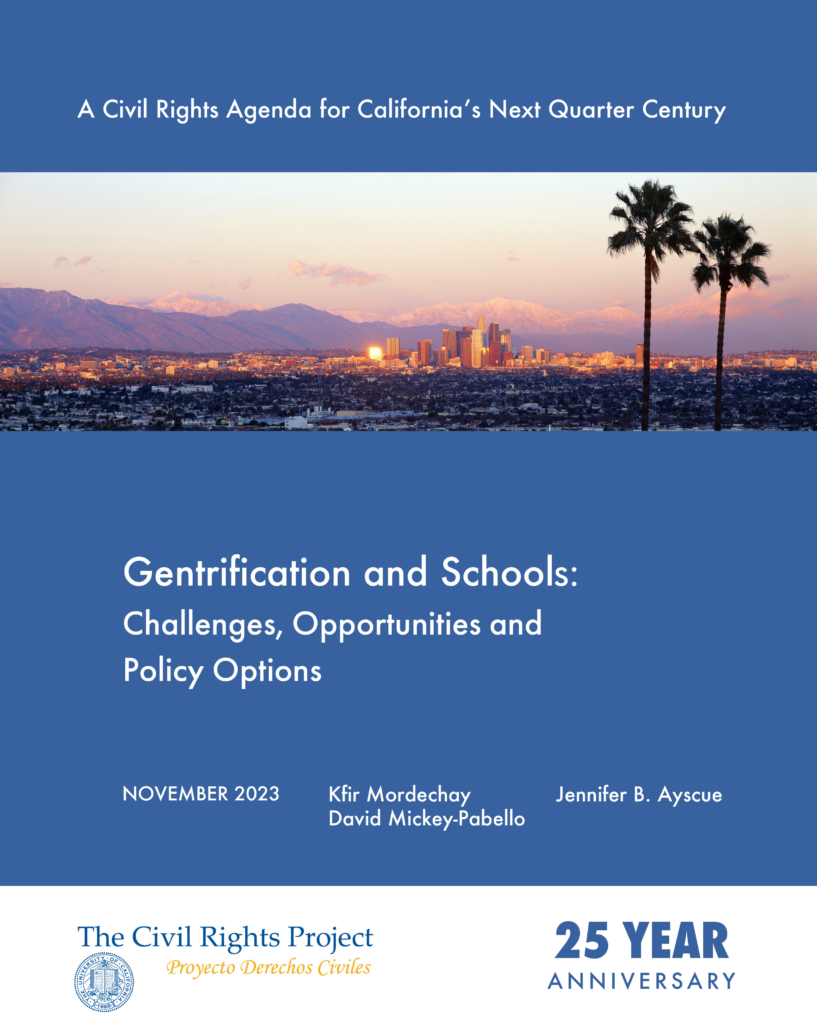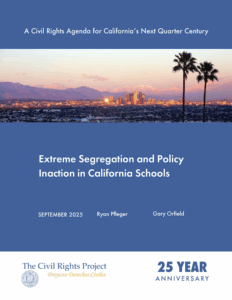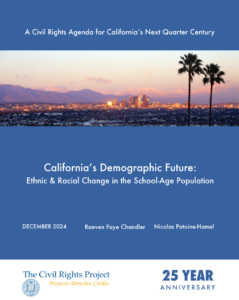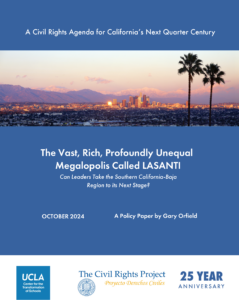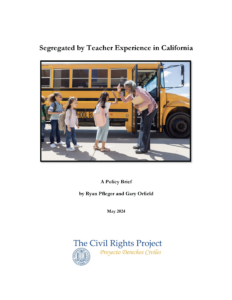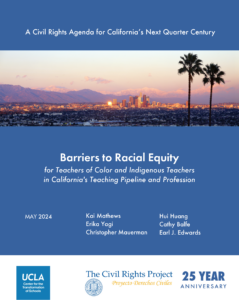Executive Summary
This study on neighborhood gentrification[1] in California cities highlights the complex interplay between gentrification, school choice, and school segregation patterns. We found that the relationship between gentrification and local elementary schools largely depends on the specific city and community being gentrified. Statewide, gentrified neighborhoods have become more racially and economically diverse compared to those that did not gentrify, but our study found only modest changes in local schools. Our research reveals that these trends have played out differently across California cities and schools. Our analysis pays particular attention to Los Angeles, Oakland, and San Diego, three prominent and diverse cities in the state that possess unique desegregation histories and school choice dynamics. It is noteworthy, however, that California currently lacks any active state or federal desegregation policies. Furthermore, the state’s educational landscape is characterized by a significantly large charter school sector, which often exhibits higher levels of segregation compared to traditional public schools. Additionally, certain policies that could potentially facilitate desegregation efforts are prohibited due to the constraints imposed by Proposition 1, a state constitutional amendment.
The rapid gentrification occurring in major cities may have a significant impact on California and the distribution of wealth and opportunity for its families, similar to the vast suburbanization that occurred during the baby boom era. The White flight from central city neighborhoods has far-reaching consequences, particularly in regard to school segregation, which became an often-intractable problem. However, there is substantial and growing evidence of the enduring benefits for children who attend diverse schools. This study aims to explore whether the return of White and middle-class families to gentrified areas has the potential to help desegregate the schools or if it merely rearranges the geography of segregation for students of color, reinforcing racial inequality.
In our analysis of neighborhood demographics and school enrollment patterns in Los Angeles, by far the state’s largest city, exposure to low-income students in gentrified neighborhoods has declined for all racial groups, with the steepest decline for Whites and Asians, a clear gain in terms of class diversity. In Oakland, one of the country’s most rapidly gentrifying cities, we find that racial isolation in schools has declined for each group in areas that gentrified. In San Diego, however, where gentrification has become widespread as well, we find that racial contact in schools has remained relatively stable over time for most racial groups. We also find that there continues to be a substantial majority of majority-minority and intensely segregated schools in all three cities, with the most (by far) in Los Angeles, followed by Oakland then San Diego. Finally, our analysis reveals a highly bifurcated and racially imbalanced charter school sector in a state with a large and growing charter sector, with some charters serving high concentrations of minority students and others serving high concentrations of White students. Overall, our analysis suggests that gentrification’s impact on local schools is largely contingent on the city and community being gentrified and may be related to local housing dynamics, student assignment policy, school choice policy, and demographic differences (see table on page 5). Neither the state nor any of these cities have any explicit policy on gentrification or segregation…
Read the full executive summary and report attached.
[1] In this context, gentrification involves the reshaping of neighborhoods due to changes in factors, like education levels, types of housing available, and household income (refer to the methodology section for a comprehensive technical definition).
This report was published as part of a research series, “A Civil Rights Agenda for the Next Quarter Century,” in commemoration of the Civil Rights Project’s 25th anniversary.
In compliance with the UC Open Access Policy, this report has been made available on eScholarship: http://escholarship.org/uc/item/6qk4r5hf
